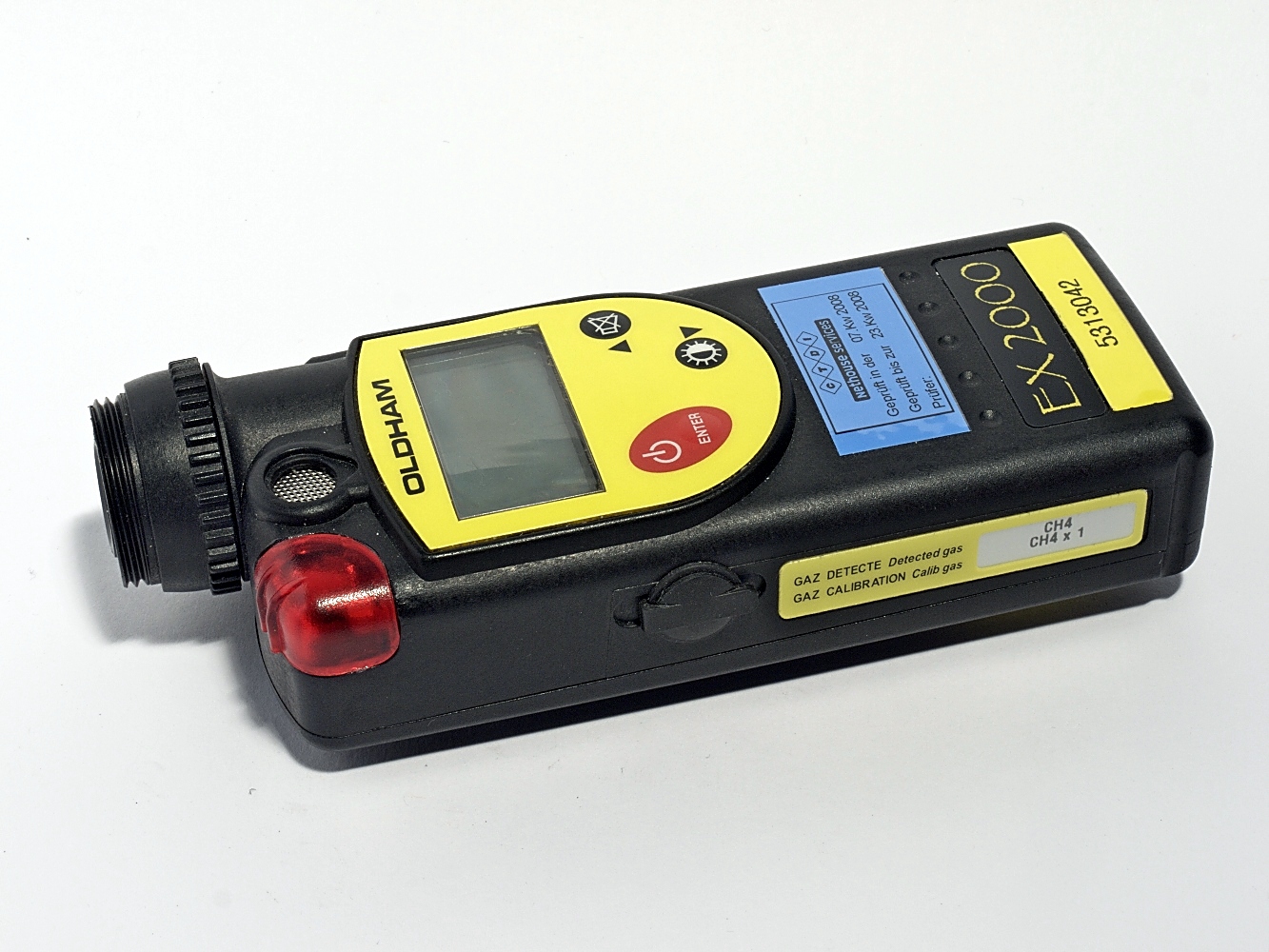|
Wheatstone Bridge
A Wheatstone bridge is an electrical circuit used to measure an unknown electrical resistance by balancing two legs of a bridge circuit, one leg of which includes the unknown component. The primary benefit of the circuit is its ability to provide extremely accurate measurements (in contrast with something like a simple voltage divider). Its operation is similar to the original potentiometer. The Wheatstone bridge was invented by Samuel Hunter Christie (sometimes spelled "Christy") in 1833 and improved and popularized by Sir Charles Wheatstone in 1843. One of the Wheatstone bridge's initial uses was for soil analysis and comparison."The Genesis of the Wheatstone Bridge" by Stig Ekelof discusses Christie's and Wheatstone's contributions, and why the bridge carries Wheatstone's name. Published in "Engineering Science and Education Journal", volume 10, no 1, February 2001, pages 37–40. Operation In the figure, is the fixed, yet unknown, resistance to be measured. and are ... [...More Info...] [...Related Items...] OR: [Wikipedia] [Google] [Baidu] |
Four-terminal Sensing
Four-terminal sensing (4T sensing), 4-wire sensing, or 4-point probes method is an electrical impedance measuring technique that uses separate pairs of current-carrying and voltage-sensing electrodes to make more accurate measurements than the simpler and more usual two-terminal (2T) sensing. Four-terminal sensing is used in some ohmmeters and impedance analyzers, and in wiring for strain gauges and resistance thermometers. Four-point probes are also used to measure sheet resistance of thin films (particularly semiconductor thin films). Separation of current and voltage electrodes eliminates the lead and contact resistance from the measurement. This is an advantage for precise measurement of low resistance values. For example, an LCR bridge instruction manual recommends the four-terminal technique for accurate measurement of resistance below 100 ohms.Manual for the Racal-Dana Databridge 9343M: "If the resistance value is low, less than 100 ohms, make a four-terminal connectio ... [...More Info...] [...Related Items...] OR: [Wikipedia] [Google] [Baidu] |
Carey Foster Bridge
In electronics, the Carey Foster bridge is a bridge circuit used to measure medium resistances, or to measure small differences between two large resistances. It was invented by Carey Foster as a variant on the Wheatstone bridge. He first described it in his 1872 paper "On a Modified Form of Wheatstone's Bridge, and Methods of Measuring Small Resistances" (''Telegraph Engineer's Journal'', 1872–1873, 1, 196). Use In the adjacent diagram, X and Y are resistances to be compared. P and Q are nearly equal resistances, forming the other half of the bridge. The bridge wire EF has a jockey contact D placed along it and is slid until the galvanometer G measures zero. The thick-bordered areas are thick copper busbar In electric power distribution, a busbar (also bus bar) is a metallic strip or bar, typically housed inside switchgear, panel boards, and busway enclosures for local high current power distribution. They are also used to connect high volt ...s of very low resistan ... [...More Info...] [...Related Items...] OR: [Wikipedia] [Google] [Baidu] |
Kelvin Bridge By RFT
The kelvin, symbol K, is the primary unit of temperature in the International System of Units (SI), used alongside its prefixed forms and the degree Celsius. It is named after the Belfast-born and University of Glasgow-based engineer and physicist William Thomson, 1st Baron Kelvin (1824–1907). The Kelvin scale is an absolute thermodynamic temperature scale, meaning it uses absolute zero as its null (zero) point. Historically, the Kelvin scale was developed by shifting the starting point of the much-older Celsius scale down from the melting point of water to absolute zero, and its increments still closely approximate the historic definition of a degree Celsius, but since 2019 the scale has been defined by fixing the Boltzmann constant to be exactly . Hence, one kelvin is equal to a change in the thermodynamic temperature that results in a change of thermal energy by . The temperature in degree Celsius is now defined as the temperature in kelvins minus 273.15, meaning tha ... [...More Info...] [...Related Items...] OR: [Wikipedia] [Google] [Baidu] |
Alan Blumlein
Alan Dower Blumlein (29 June 1903 – 7 June 1942) was an English electronics engineer, notable for his many inventions in telecommunications, sound recording, stereophonic sound, television and radar. He received 128 patents and was considered one of the most significant engineers and inventors of his time. He died during World War II on 7 June 1942, aged 38, during the secret trial of an H2S airborne radar system then under development, when all on board the Halifax bomber in which he was flying were killed when it crashed at Welsh Bicknor in Herefordshire. Early life Alan Dower Blumlein was born on 29 June 1903 in Hampstead, London. His father, Semmy Blumlein, was a German-born naturalised British subject. Semmy was the son of Joseph Blumlein, a German of Jewish descent, and Philippine Hellmann, a French woman of German descent.Semmy Blumlein's father, Joseph B. Blumlein was Jewish, ''see Burns, p. 2'' Alan's mother, Jessie Dower, was Scottish, daughter of William Dower (b ... [...More Info...] [...Related Items...] OR: [Wikipedia] [Google] [Baidu] |
James Clerk Maxwell
James Clerk Maxwell (13 June 1831 – 5 November 1879) was a Scottish mathematician and scientist responsible for the classical theory of electromagnetic radiation, which was the first theory to describe electricity, magnetism and light as different manifestations of the same phenomenon. Maxwell's equations for electromagnetism have been called the " second great unification in physics" where the first one had been realised by Isaac Newton. With the publication of " A Dynamical Theory of the Electromagnetic Field" in 1865, Maxwell demonstrated that electric and magnetic fields travel through space as waves moving at the speed of light. He proposed that light is an undulation in the same medium that is the cause of electric and magnetic phenomena. (This article accompanied an 8 December 1864 presentation by Maxwell to the Royal Society. His statement that "light and magnetism are affections of the same substance" is at page 499.) The unification of light and electri ... [...More Info...] [...Related Items...] OR: [Wikipedia] [Google] [Baidu] |
Alternating Current
Alternating current (AC) is an electric current which periodically reverses direction and changes its magnitude continuously with time in contrast to direct current (DC) which flows only in one direction. Alternating current is the form in which electric power is delivered to businesses and residences, and it is the form of electrical energy that consumers typically use when they plug kitchen appliances, televisions, fans and electric lamps into a wall socket. A common source of DC power is a battery cell in a flashlight. The abbreviations ''AC'' and ''DC'' are often used to mean simply ''alternating'' and ''direct'', as when they modify '' current'' or ''voltage''. The usual waveform of alternating current in most electric power circuits is a sine wave, whose positive half-period corresponds with positive direction of the current and vice versa. In certain applications, like guitar amplifiers, different waveforms are used, such as triangular waves or square waves. Audio ... [...More Info...] [...Related Items...] OR: [Wikipedia] [Google] [Baidu] |
Physical Phenomenon
A phenomenon ( : phenomena) is an observable event. The term came into its modern philosophical usage through Immanuel Kant, who contrasted it with the noumenon, which ''cannot'' be directly observed. Kant was heavily influenced by Gottfried Wilhelm Leibniz in this part of his philosophy, in which phenomenon and noumenon serve as interrelated technical terms. Far predating this, the ancient Greek Pyrrhonist philosopher Sextus Empiricus also used ''phenomenon'' and ''noumenon'' as interrelated technical terms. Common usage In popular usage, a ''phenomenon'' often refers to an extraordinary event. The term is most commonly used to refer to occurrences that at first defy explanation or baffle the observer. According to the ''Dictionary of Visual Discourse'':In ordinary language 'phenomenon/phenomena' refer to any occurrence worthy of note and investigation, typically an untoward or unusual event, person or fact that is of special significance or otherwise notable. Philosophy ... [...More Info...] [...Related Items...] OR: [Wikipedia] [Google] [Baidu] |
Kelvin Bridge
A Kelvin bridge, also called a Kelvin double bridge and in some countries a Thomson bridge, is a measuring instrument used to measure unknown electrical resistors below 1 ohm. It is specifically designed to measure resistors that are constructed as four terminal resistors. Background Resistors above about 1 ohm in value can be measured using a variety of techniques, such as an ohmmeter or by using a Wheatstone bridge. In such resistors, the resistance of the connecting wires or terminals is negligible compared to the resistance value. For resistors of less than an ohm, the resistance of the connecting wires or terminals becomes significant, and conventional measurement techniques will include them in the result. To overcome the problems of these undesirable resistances (known as ' parasitic resistance'), very low value resistors and particularly precision resistors and high current ammeter shunts are constructed as four terminal resistors. These resistances have a pair of c ... [...More Info...] [...Related Items...] OR: [Wikipedia] [Google] [Baidu] |
Explosimeter
An explosimeter is a gas detector which is used to measure the amount of combustible gases present in a sample. When a percentage of the lower explosive limit (LEL) of an atmosphere is exceeded, an alarm signal on the instrument is activated. The device, also called a combustible gas detector, operates on the principle of resistance proportional to heat—a wire is heated, and a sample of the gas is introduced to the hot wire. Combustible gases burn in the presence of the hot wire, thus increasing the resistance and disturbing a Wheatstone bridge, which gives the reading. A flashback arrestor is installed in the device to avoid the explosimeter igniting the sample external to the device. Note, that the detection readings of an explosimeter are only accurate if the gas being sampled has the same characteristics and response as the calibration gas. Most explosimeters are calibrated to methane or hydrogen Hydrogen is the chemical element with the symbol H and atomic number ... [...More Info...] [...Related Items...] OR: [Wikipedia] [Google] [Baidu] |
Electrical Impedance
In electrical engineering, impedance is the opposition to alternating current presented by the combined effect of resistance and reactance in a circuit. Quantitatively, the impedance of a two-terminal circuit element is the ratio of the complex representation of the sinusoidal voltage between its terminals, to the complex representation of the current flowing through it. In general, it depends upon the frequency of the sinusoidal voltage. Impedance extends the concept of resistance to alternating current (AC) circuits, and possesses both magnitude and phase, unlike resistance, which has only magnitude. Impedance can be represented as a complex number, with the same units as resistance, for which the SI unit is the ohm (). Its symbol is usually , and it may be represented by writing its magnitude and phase in the polar form . However, Cartesian complex number representation is often more powerful for circuit analysis purposes. The notion of impedance is useful for pe ... [...More Info...] [...Related Items...] OR: [Wikipedia] [Google] [Baidu] |





